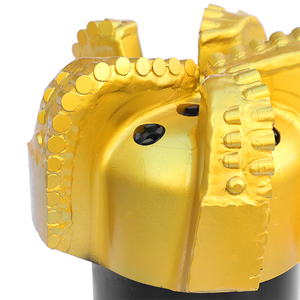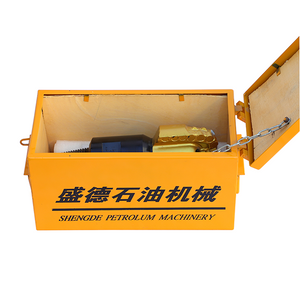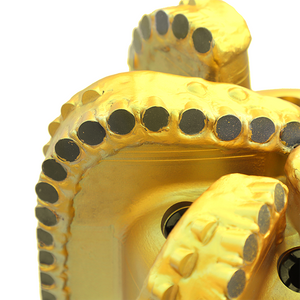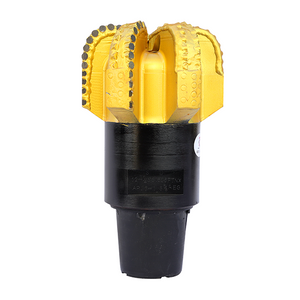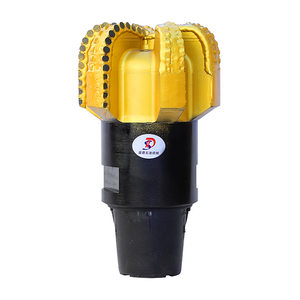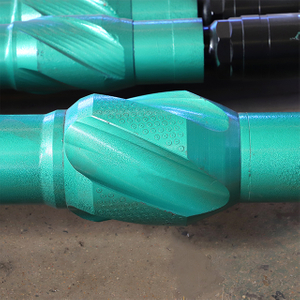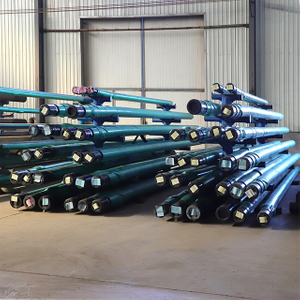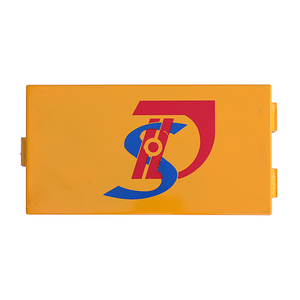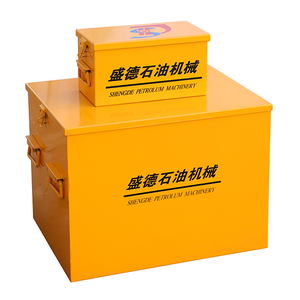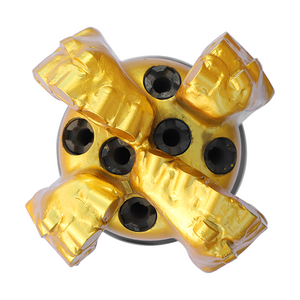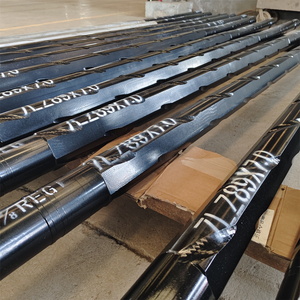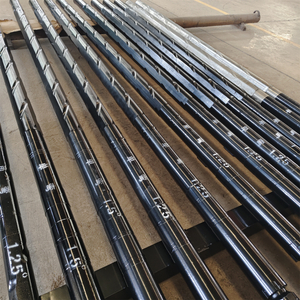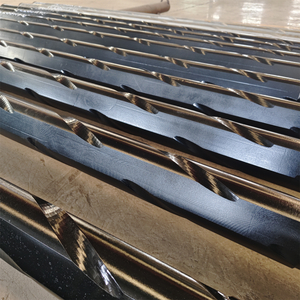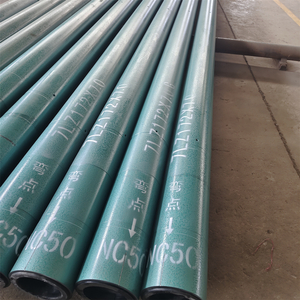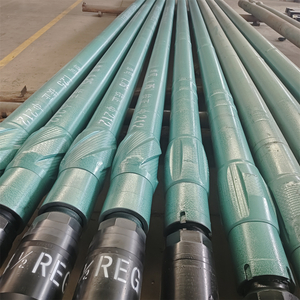Product Introduction
Equal wall thickness PDM is a new type of power drilling tool which is different from the conventional PDM. - Advantages
- High torque: Compared with conventional PDM, it can output more torque, providing stronger power for drilling operations, and can effectively cope with complex drilling conditions such as deep wells and hard strata. - Long service life: The service life of conventional PDMs is generally 150-200 hours, while the rubber bushings of equal wall thickness PDM do not suffer from rubber aging or rubber loss during the vulcanization process, and have a service life of more than 300 hours.
- High-temperature resistance: The structure design of equal wall thickness makes the heat dissipation of the tubing body more uniform, and the rubber bushing can be heated uniformly to avoid thermal lag phenomenon, which makes its performance more stable under high-temperature environments, and it can be adapted to the high-temperature working conditions of deep wells and wells with large displacements.
- Increase drilling speed: This kind of PDM increases the average mechanical drilling speed by 20% compared with the conventional PDM, which can effectively reduce the drilling cycle and save drilling cost. - High safety: it can effectively reduce the occurrence of complicated downhole accidents and provide equipment guarantee for the risk-free drilling process.
Our Advantage
The equal - wall - thickness Positive Displacement Motor (PDM) drill tool offers several advantages in the field of drilling:
- **Enhanced Structural Strength**: The equal - wall - thickness design of the PDM's rotor and stator leads to a more even stress distribution. This significantly boosts the tool's overall structural strength, allowing it to endure high - pressure and high - torque conditions encountered during drilling operations. Consequently, the drill tool can operate reliably in harsh drilling environments.
- **Superior Sealing Performance**: With the equal - wall - thickness structure, a better sealing effect can be achieved between the rotor and stator. This excellent sealing property ensures efficient transmission of hydraulic energy, minimizing energy losses and improving the conversion efficiency of the drill tool. As a result, the PDM can maintain stable and high - performance operation under various working conditions.
- **Improved Drilling Efficiency**: The optimized design of the equal - wall - thickness PDM enables it to convert the hydraulic energy of the drilling fluid into mechanical energy with higher efficiency. It can provide a higher rotational speed and torque output, which speeds up the drilling process, reduces drilling time, and ultimately cuts down on drilling costs. This increased efficiency contributes to more productive and cost - effective drilling operations.
- **Excellent Wear Resistance**: The uniform wall thickness of the rotor and stator not only enhances strength but also improves wear resistance. This feature is crucial as it prolongs the service life of the drill tool, reducing the frequency of tool replacements and associated downtime. The improved wear resistance ensures consistent performance over an extended period, even in abrasive drilling formations.
- **Wide Applicability**: The equal - wall - thickness PDM is highly adaptable and can be utilized in a variety of drilling scenarios. It is suitable for different well types, including vertical wells, horizontal wells, and deviated wells, and is less affected by factors such as well depth and formation characteristics. This wide range of applicability makes it a preferred choice for various drilling projects in the oil and gas industry.
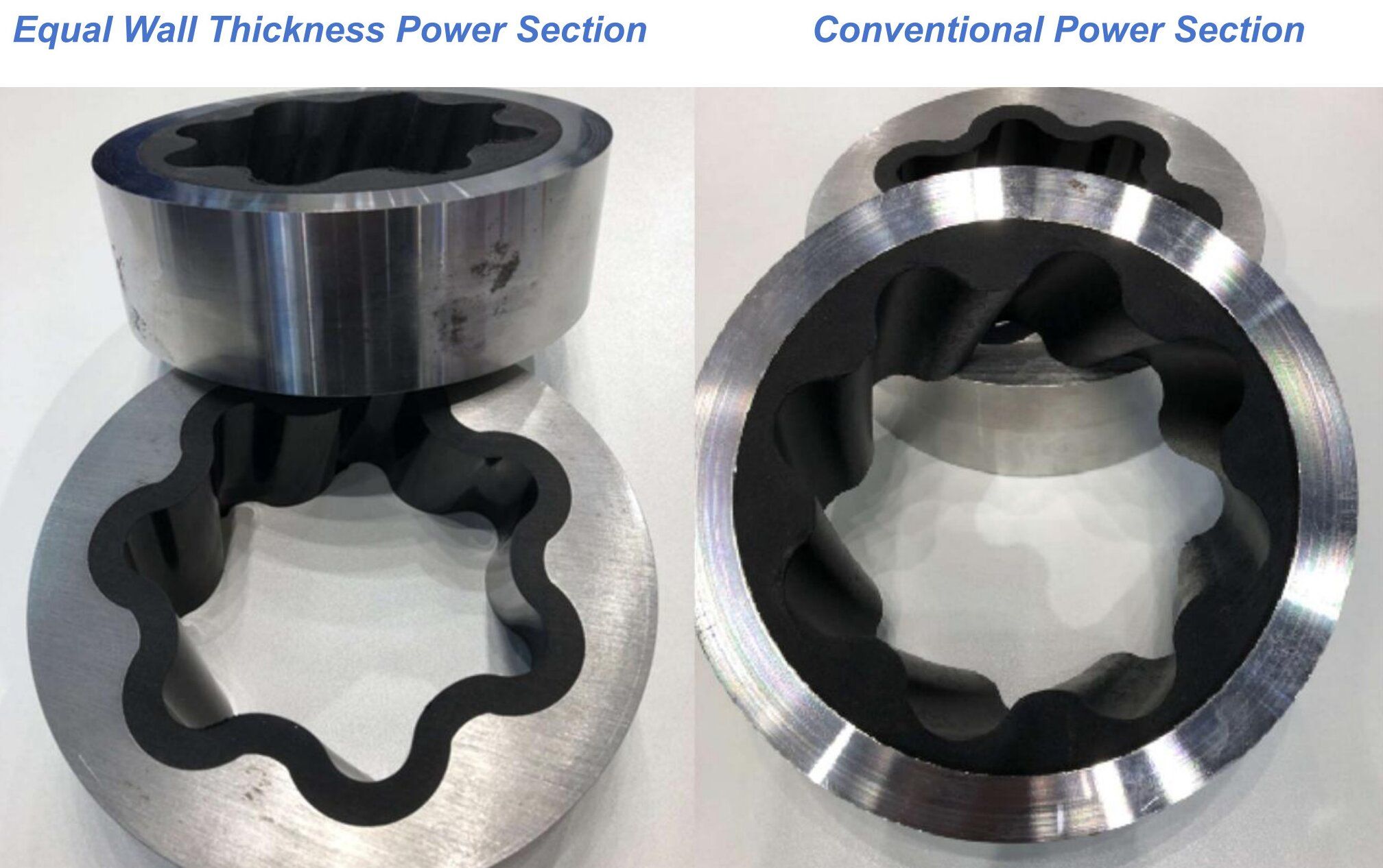
Product Uses
Equal - wall - thickness Positive Displacement Motors (PDMs) are widely used in various drilling scenarios in the oil and gas industry due to their unique advantages. Here are some of their main application scenarios:
- **Vertical Drilling**: In vertical well drilling, equal - wall - thickness PDMs are employed to provide the necessary torque and rotational force to drive the drill bit. They can effectively convert the hydraulic energy of the drilling fluid into mechanical energy, enabling efficient drilling of vertical wells through different formations.
- **Horizontal Drilling**: For horizontal wells, these PDMs play a crucial role in steering the drill bit along the horizontal section. Their precise control and high - torque output allow for accurate placement of the wellbore in the target reservoir, maximizing the contact area with the oil - and - gas - bearing formations and enhancing production efficiency.
- **Deviated Drilling**: In deviated well drilling, where the wellbore is intentionally drilled at an angle from the vertical, equal - wall - thickness PDMs are used to overcome the challenges of directional control. They can provide the required force and torque to navigate the drill string through the inclined section, ensuring the well reaches the desired target location.
- **High - Angle Wells**: In high - angle wells, which have a large deviation angle from the vertical, these PDMs are essential for maintaining stable drilling operations. Their ability to handle high - pressure and high - torque conditions allows for efficient drilling in such challenging wellbores, enabling access to reservoirs that are difficult to reach with conventional drilling methods.
- **Complex Formations**: Equal - wall - thickness PDMs are suitable for drilling in complex formations, such as those with hard rock layers, shale, or other abrasive formations. Their robust design and high - wear - resistance properties enable them to withstand the harsh conditions, ensuring reliable and efficient drilling performance.
FAQ
1. What is an equal wall thickness downhole motor and how does it differ from other types of downhole motors?
- An equal wall thickness downhole motor is designed with uniform wall thickness throughout the motor body, providing improved durability and performance compared to traditional downhole motors.
2. Can you explain the quality standards and certifications associated with equal wall thickness downhole motors?
- Equal wall thickness downhole motors are manufactured to meet stringent quality standards and often hold certifications such as ISO 9001 for quality management systems.
3. What is the principle behind the operation of an equal wall thickness downhole motor?
- The principle behind the operation of an equal wall thickness downhole motor involves the conversion of hydraulic energy into mechanical energy to drive the drill bit in oil and gas drilling operations.
4. How do companies typically settle payments for equal wall thickness downhole motors?
- Companies may settle payments for equal wall thickness downhole motors through various methods such as wire transfer, credit card, or purchase order, depending on the agreement between the buyer and seller.
5. Are equal wall thickness downhole motors commonly used in the industry and what are the benefits of using them?
- Equal wall thickness downhole motors are increasingly being adopted in the industry due to their enhanced durability, improved performance, and cost-effectiveness in oil and gas drilling applications.































